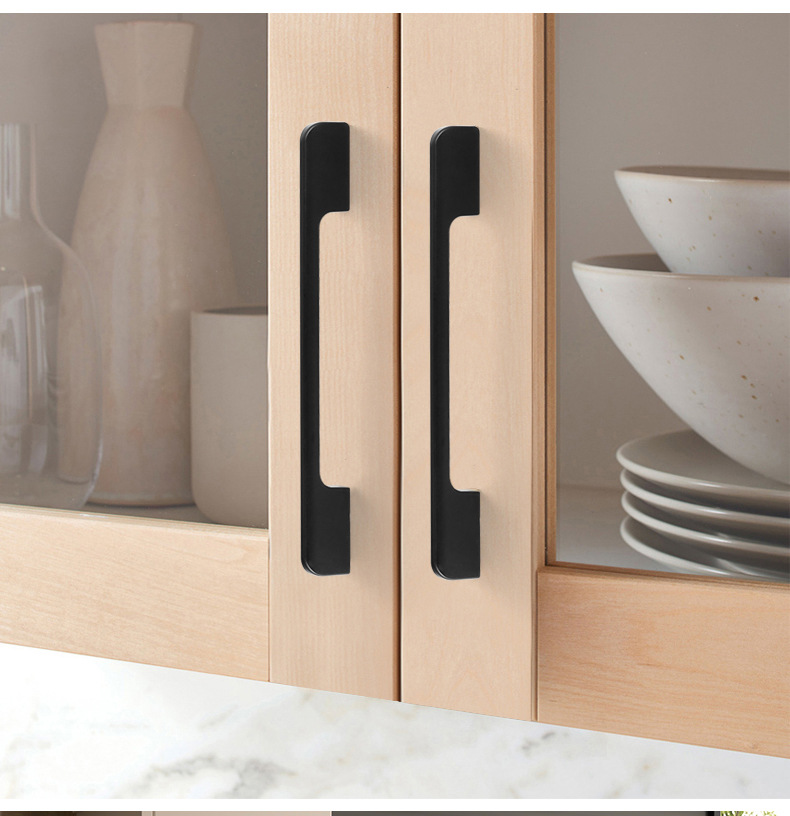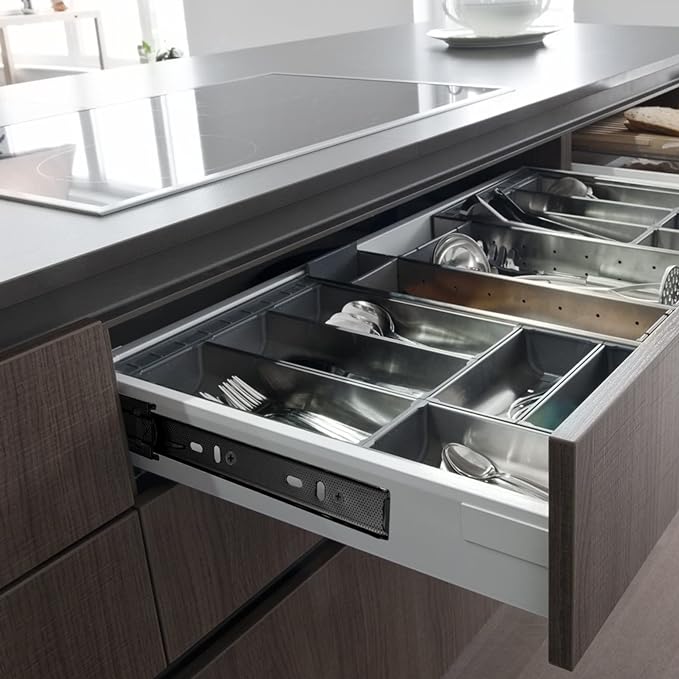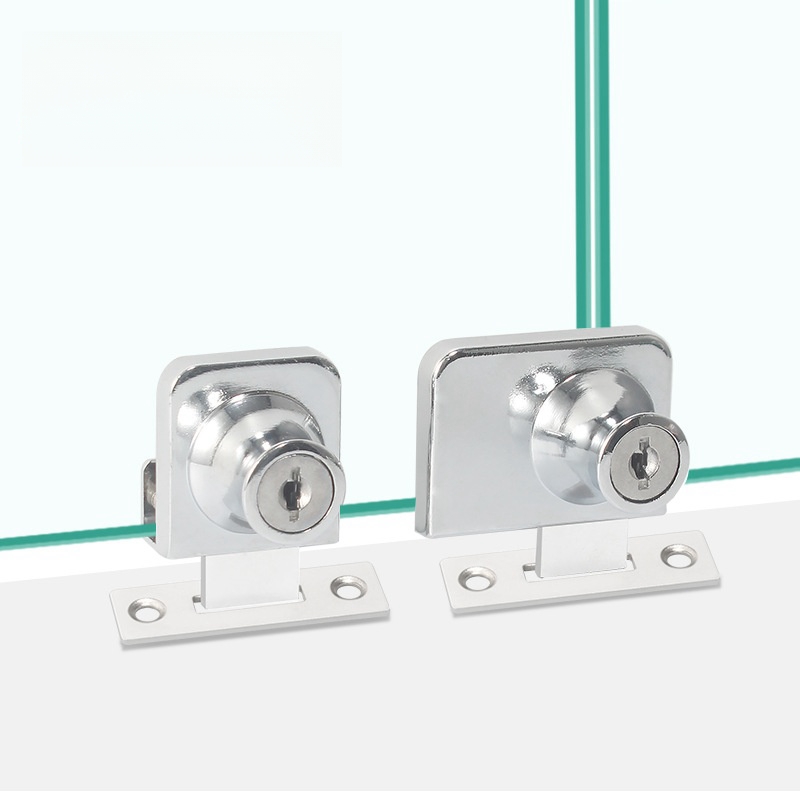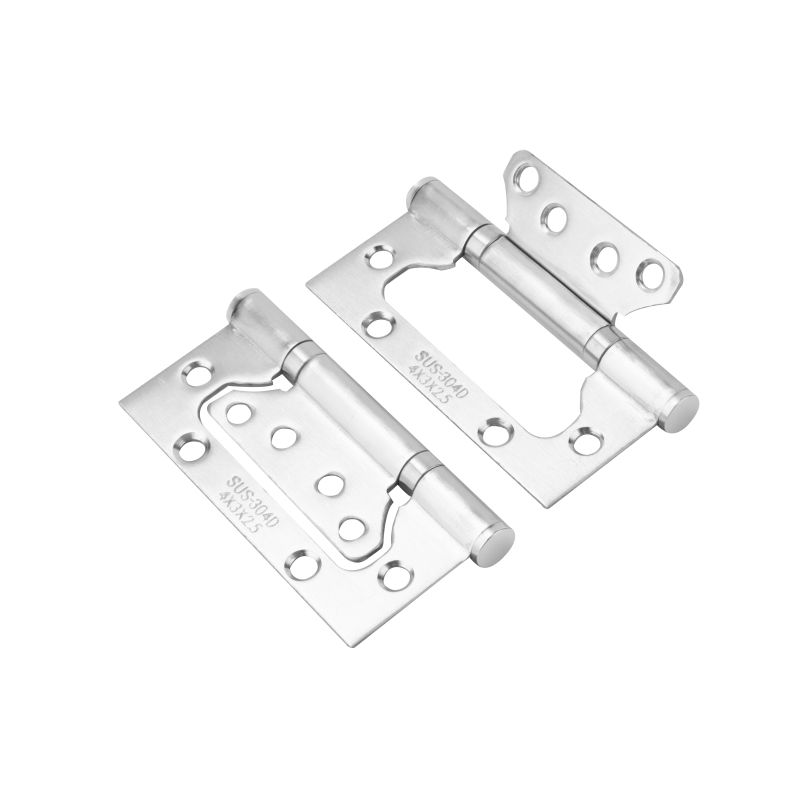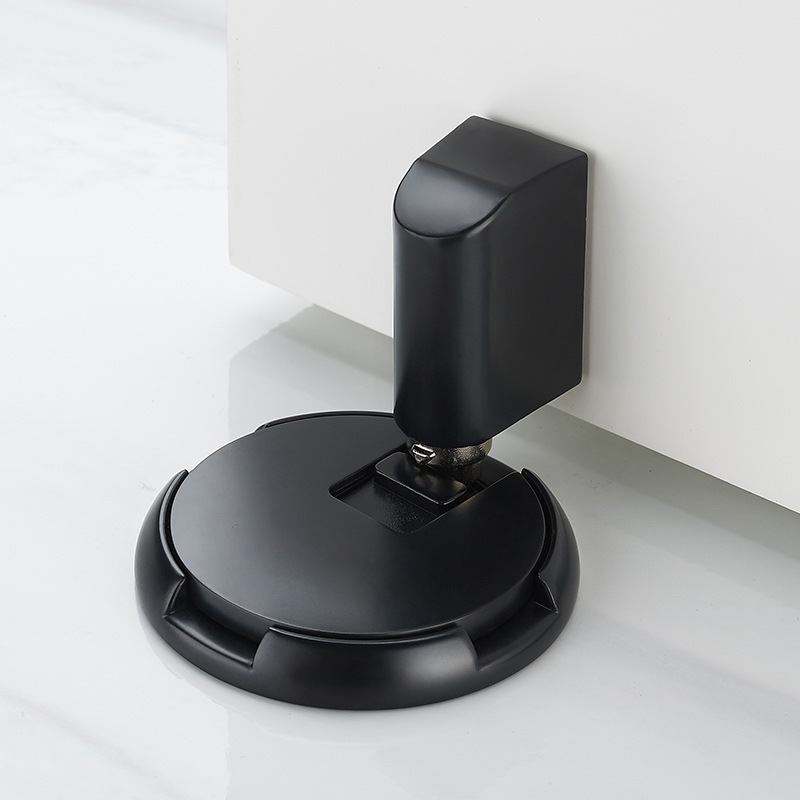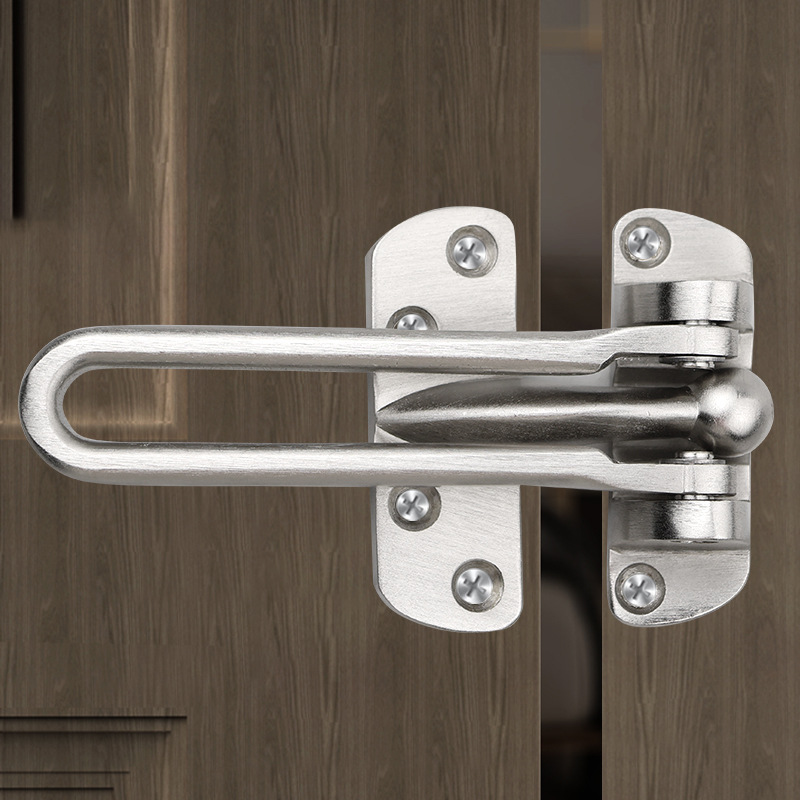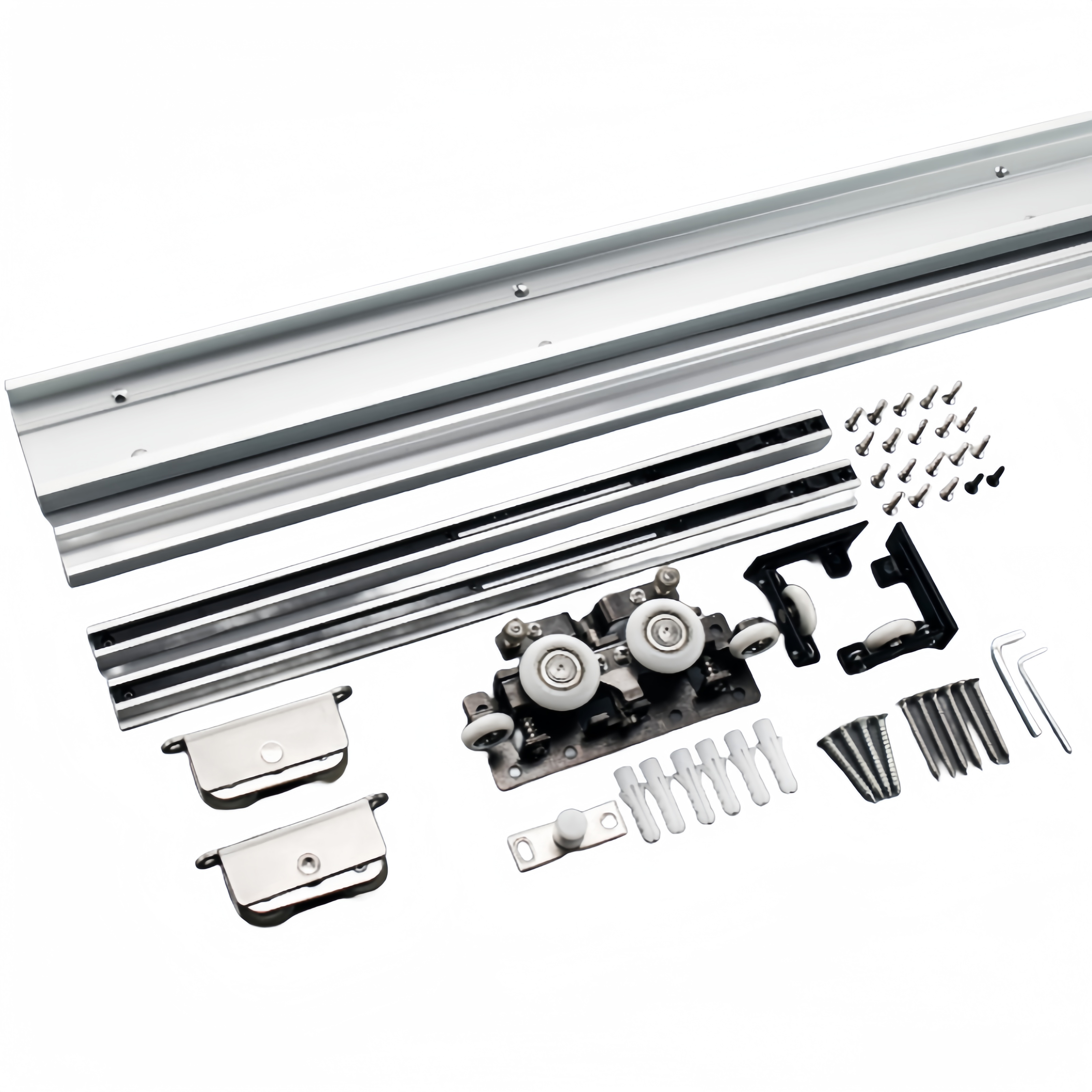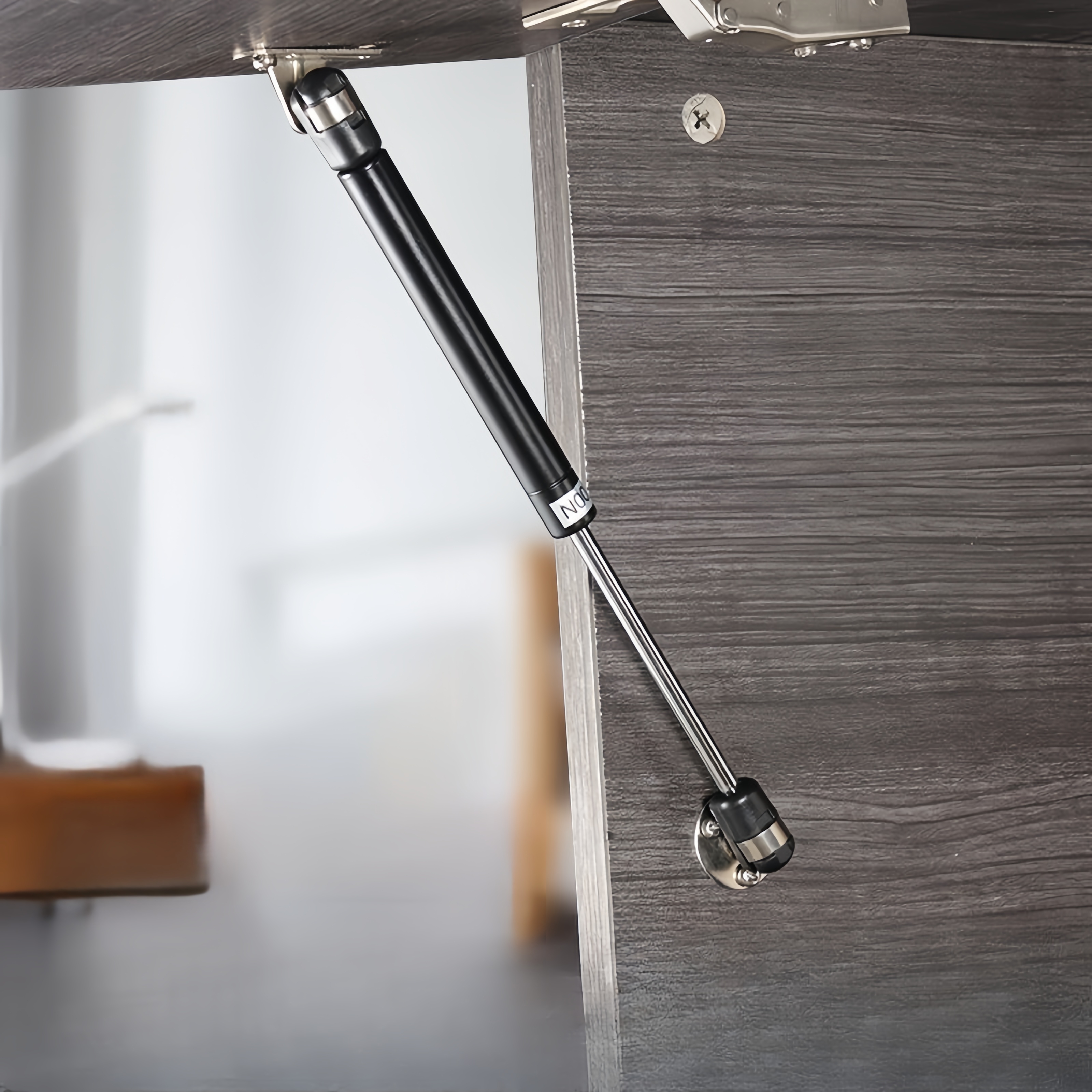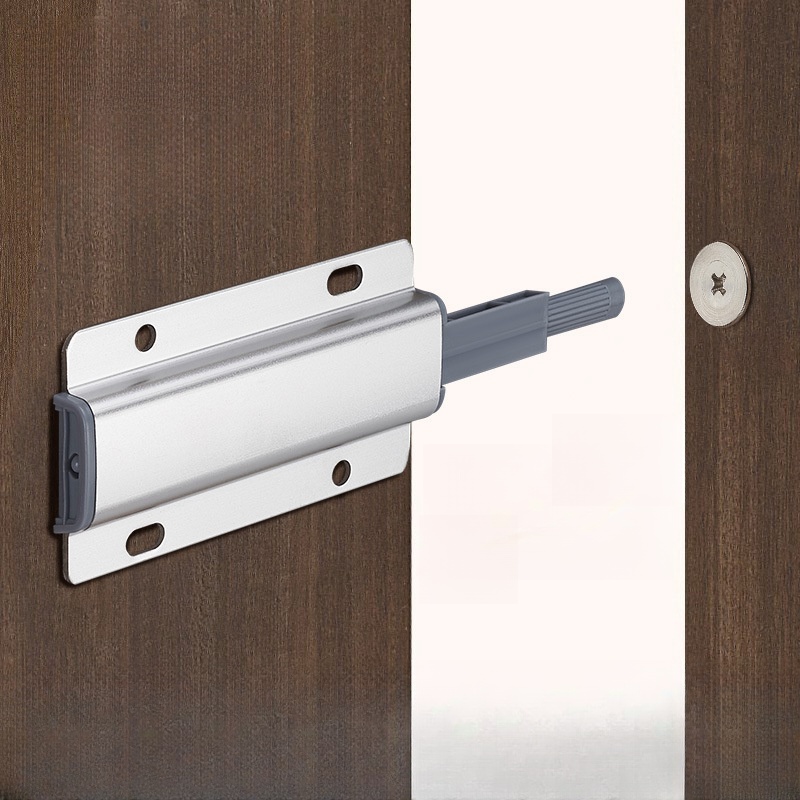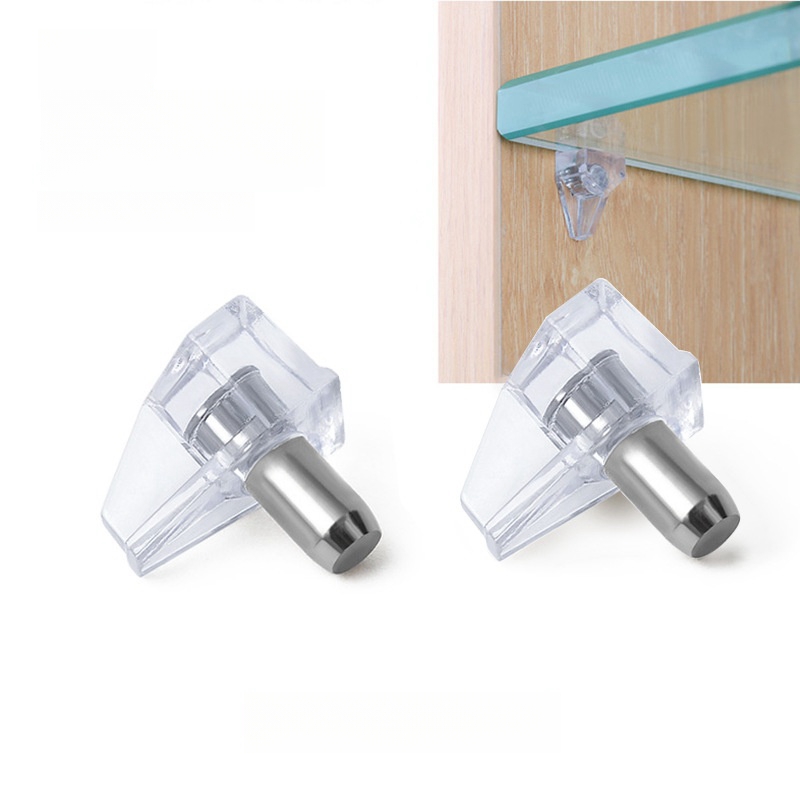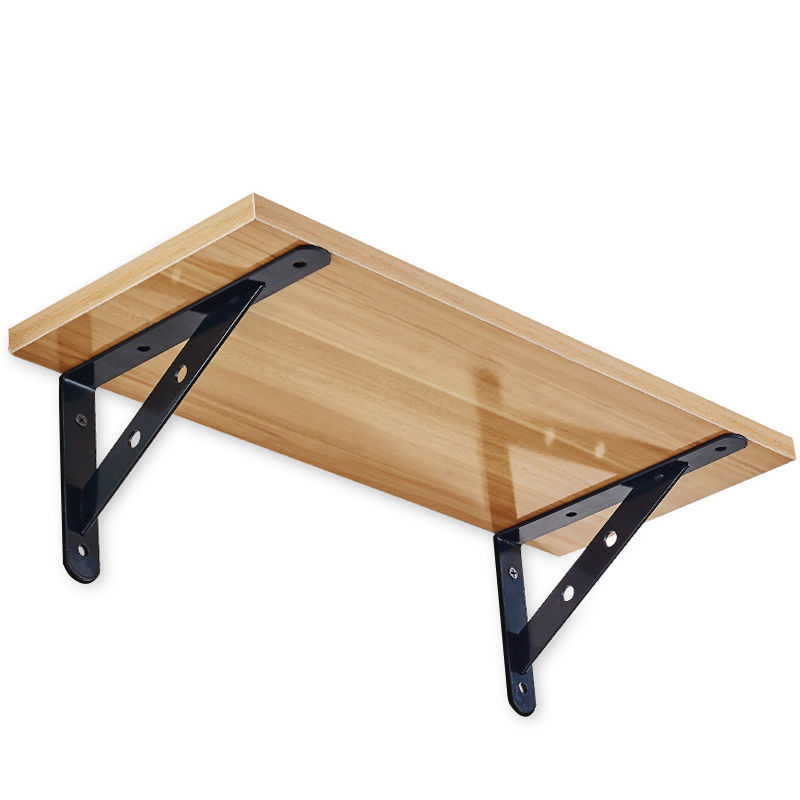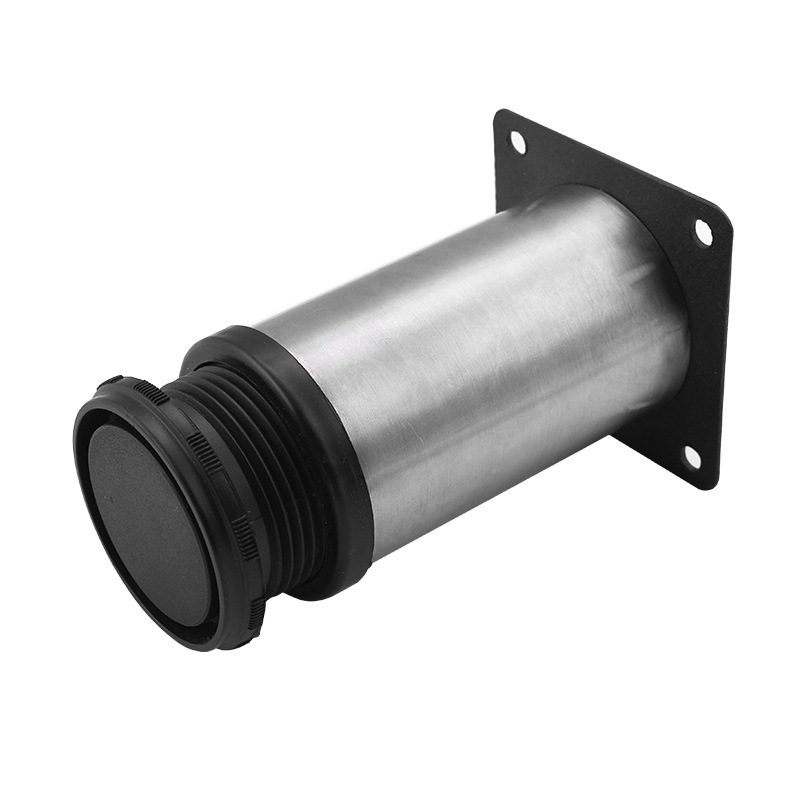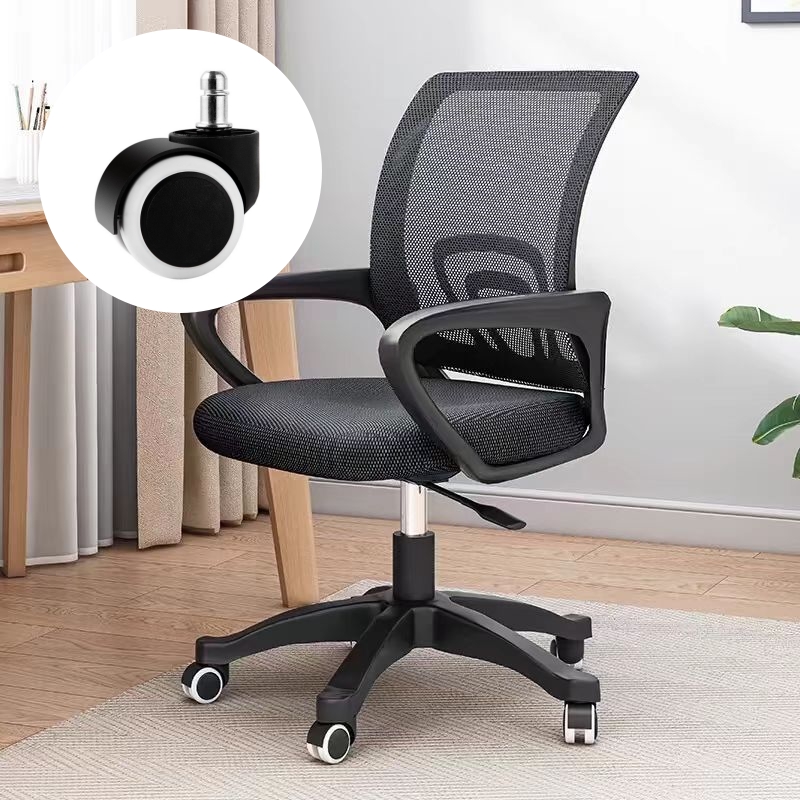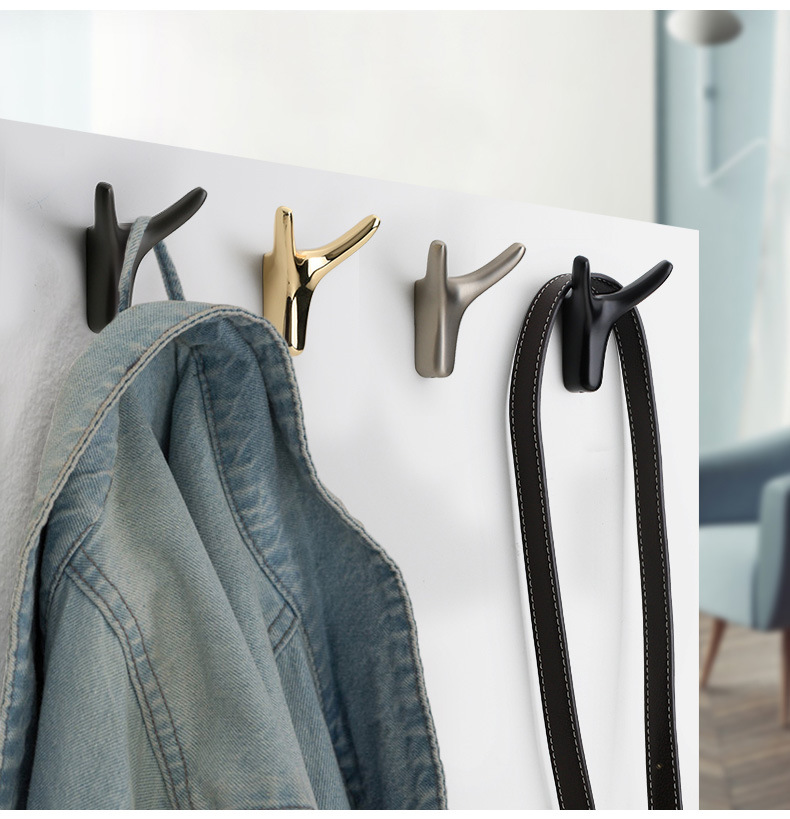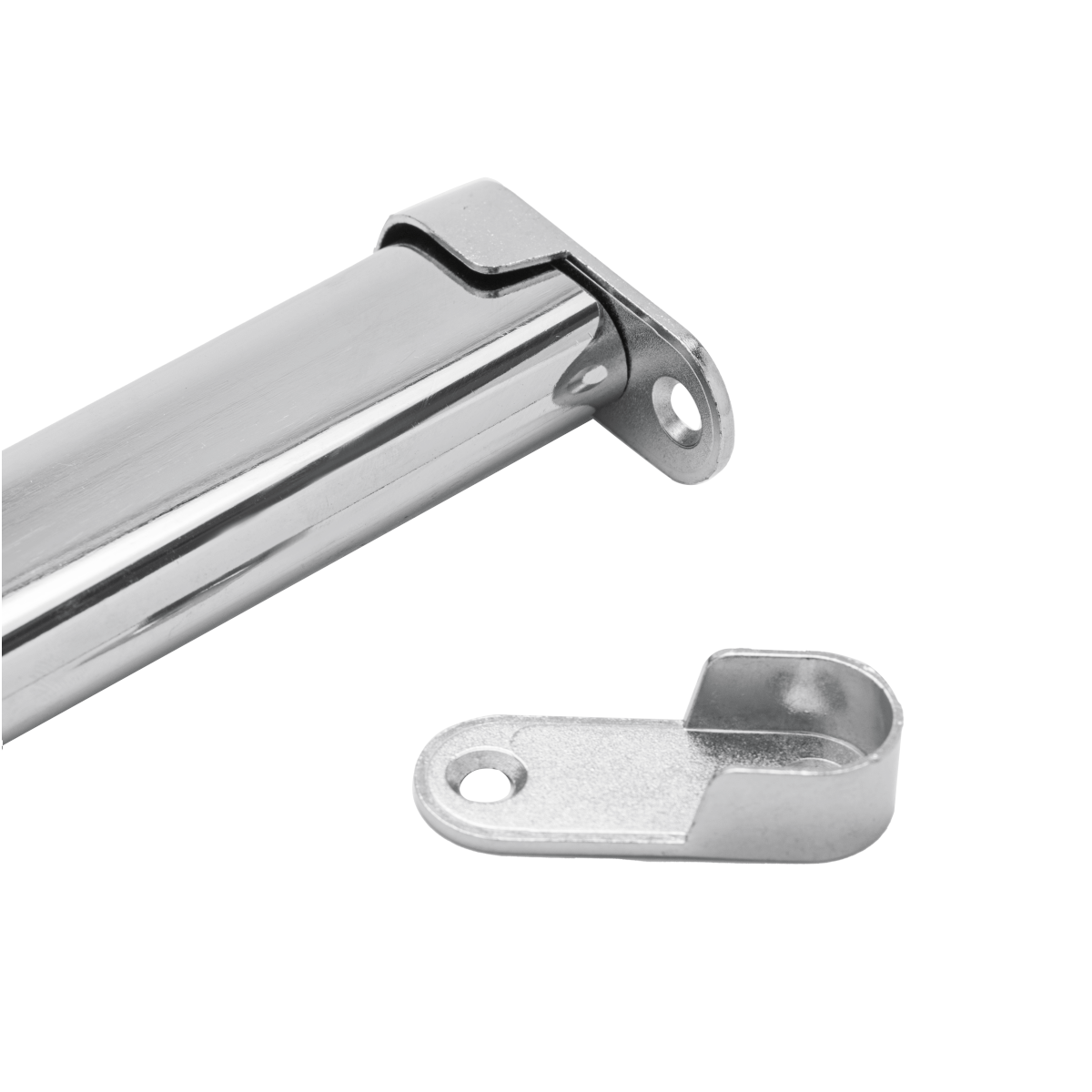
ABOUT
Guangzhou Toplink hardware Co., Ltd specialized in the production and export of furniture hardware fittings, with an experience of more than 14 years.
Our main products are drawer locks, cabinet hinges, sliding rails, cabinet handles, casters, cabinet legs and connecting fittings etc..
With a complete range of products, excellent performance and reasonable prices we have built up business with many customers all over the world.
We are committed to strict quality control and considerate customer service. We sincerely looking forward to becoming your best choice and the most reliable partner!
PRODUCTS
storage of onions at home
Choosing the Right Onions for Storage
The journey to successful onion storage begins even before you bring them home. Opt for firm, dry onions with intact skins. Avoid onions with bruises, cuts, or soft spots, as these are entry points for decay. The best onions for long-term storage are generally those harvested later in the season and cured properly by the grower. Look for varieties specifically known for their storage capabilities, which may be indicated on the packaging. While yellow onions generally store well, certain varieties like Walla Walla or red onions might have shorter storage lifespans.
Inspect the onions carefully before purchase. Gently squeeze them; they should feel firm, not soft or mushy. Avoid onions with sprouting shoots emerging from the top, as this indicates the beginning of the onion's life cycle shift, and signals shorter storage potential. Buying onions in smaller quantities more frequently may be a better approach than purchasing large bags if you don't anticipate using them within a few weeks.
The Ideal Storage Environment
Temperature and humidity play crucial roles in onion longevity. The ideal storage temperature for onions is cool and dry, typically between 35°F and 40°F (2°C and 4°C). Higher temperatures will accelerate sprouting and decay, while freezing temperatures will damage the onion's structure, making them mushy and unusable. Avoid storing onions in areas with high humidity, as excessive moisture encourages mold growth. A cool, dark, and well-ventilated pantry is often the best location.
A consistently cool temperature is key. Fluctuations in temperature can stress the onions, making them more susceptible to spoilage. Avoid placing onions near heat sources like ovens, stoves, or radiators. Direct sunlight should also be avoided, as it can increase the temperature and cause the onions to dry out prematurely. Proper ventilation ensures air circulation, preventing moisture buildup and fungal growth, contributing to a more extended shelf life.
Different Storage Methods
Various storage methods cater to different needs and quantities of onions. For smaller quantities, a well-ventilated container, such as a mesh bag or a loosely woven basket, works well. This allows for sufficient air circulation, preventing moisture buildup. Avoid airtight containers, as they can trap moisture and accelerate spoilage. A cool, dark pantry or a drawer in a cool part of your kitchen often suffices for shorter-term storage.
For larger quantities, consider storing onions in a single layer in a cool, dry, and well-ventilated space. A root cellar or a basement with consistent temperature and humidity is ideal for long-term storage. If using a container, ensure adequate spacing between onions to allow for proper air circulation. Separating onions into smaller batches in separate containers can also help to limit the spread of spoilage if one onion begins to decay.
Another option is braiding onions. This traditional method is both visually appealing and functional. However, it's more suitable for smaller, loosely-grown onions than large, tightly-packed ones. Braiding helps to keep the onions dry and well-ventilated.
Signs of Spoilage and When to Discard
Recognizing signs of spoilage is essential to prevent the spread of decay to other onions. Soft spots, mold growth, sprouting shoots, and unpleasant odors are all indicators that an onion has gone bad. Discard any onions exhibiting these signs immediately. Do not try to salvage them by trimming the affected areas, as the spoilage may have spread internally.
Don't be afraid to discard onions that are showing even minor signs of deterioration. One bad onion can quickly contaminate others due to the rapid spread of bacteria and fungi. Regular inspection is crucial, especially during warmer months, to prevent significant loss.
Utilizing Stored Onions
Even with proper storage, onions will eventually lose their freshness. Use onions that are nearing the end of their shelf life first. Incorporate them into dishes that mask any subtle changes in flavor or texture. Stews, soups, and sauces are ideal for using slightly older onions. Remember, slightly soft onions can still be used for cooking; they might simply lose some of their crisp texture. However, avoid using onions that are moldy or have a foul odor.
Proper planning also plays a role in maximizing the use of your stored onions. Estimate your onion usage and buy accordingly, preventing large quantities from spoiling before you can utilize them. By understanding your consumption patterns, you can optimize your storage strategies and reduce food waste.
In conclusion, successful home storage of onions relies on selecting high-quality bulbs, maintaining a cool and dry environment with good ventilation, employing appropriate storage methods, and regularly inspecting your onions for signs of spoilage. By following these guidelines, you can significantly extend the shelf life of your onions, keeping them fresh and flavorful for your culinary creations.SUBSCRIBE
INQUIRY
